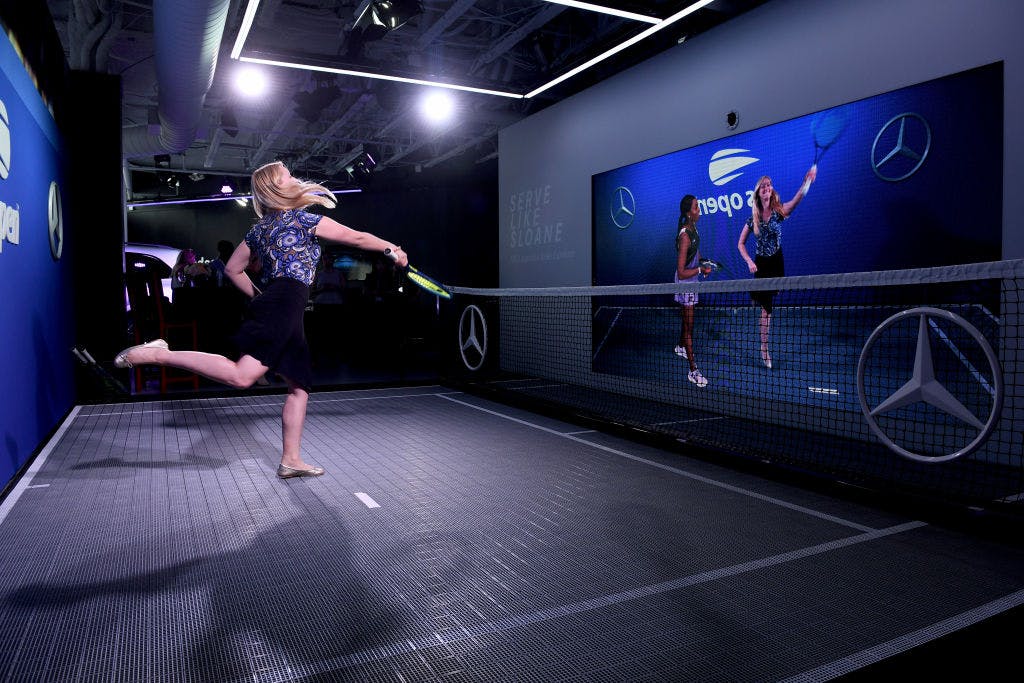Facebook’s rebrand as ‘Meta’ in late October thrust the concept of the metaverse into the mainstream, and sports rights-holders are certainly open to the possibilities in the space.
Partnerships that pair major sporting properties, like the International Cricket Council, with advocates of the metaverse, are increasingly common.
Indeed, if the expectations of Mark Zuckerberg et al materialise, the metaverse will revolutionise the way people consume sport and raise the bar for fan engagement to unprecedented heights.
Imagine, for example, stepping into a Metaverse Sports Arena, where everyone is in their own avatar, and your voice print is the only identification to unlock the magic metaverse world.
“Fans would be able to create their own sports avatar, purchase sports equipment, socialise, co-watch, party, train, work and participate in gaming in this virtual sports arena,” says Brighton Shi, senior product marketing manager at Agora.
“It would enable an even more immersive and creative watching experience. The metaverse would allow people to participate in leagues and engage with products, as well as also having a fundamental impact on athletic training. Sports will really be able to leverage their intellectual property within the metaverse.”
An even better sports-viewing experience
Potential use cases for the metaverse in sports coverage sprawl across the entire fan experience.
As a starting point, users would be able to use their unique voiceprint to unlock a virtual world in which they are represented by their own avatar, representing their personal passions and fandom.
And a metaverse would dissolve geographical and physical barriers to deliver a better experience before, during and after games.
For instance, participants in the Metaverse Sports Arena could take pictures with sports stars and chat with their heroes in real time or attend a virtual bar to interact with other fans.
During matches, the audience can have a panoramic view of the whole game and choose to zoom into any perspective of their choice, allowing them to delve into even greater detail.
Additionally, with multi-view camera technology, fans could step nto the virtual pitch and even run alongside players. They would be able to join the cheerleaders, watch from a variety of vantage points, or simply sit with their friends who, in the physical world, may be many miles away.

Many more monetisation methods
For rights-holders, a Metaverse Sports Arena would open numerous monetisation opportunities, comprising the action itself and other elements linked to the broader fan experience.
For example, the growing interest in non-fungible tokens (NFTs) across the digital space could lead to activations in the metaverse. In particular, the idea of ‘owning’ items would generate a fresh source of income and engagement, but a growing number of other experiential use cases with NFTs is also being explored.
Supporters could purchase a seat in a virtual VIP box – one without the usual restrictions on availability and capacity that would be found in the physical world – and they would also be able to browse virtual stores for physical and digital offerings. Aside from athleisure and sports equipment, unique souvenirs, including kits and apparel for specific games, could be sold to generate new revenue streams.
Furthermore, gamification, underpinned by interactive and entertainment elements, would be particularly enticing, offering an additional dimension to a physical sports arena. There will be the possibility of unlocking games in the virtual space to be played during breaks in the sporting action – and indeed such opportunities can be extended before and after games too.
The Metaverse Sports Arena would open significant new opportunities for content creation, from the fans and sports stars themselves. Multi-view and simultaneous playback options will be integrated, while rights-holders would have the chance to interact with fans in a creative way and drive user-generated content.

Challenges for realising the Metaverse Sports Arena
Inevitably, there will be hurdles to overcome in establishing the Metaverse Sports Arena.
Long delays would ruin interactions, leaving some participants stuck in the middle of a conversation, viewing or shopping experience, while seamless audio and visual experiences will be vital.
Ultra-low latency and high synchronisation will be critical for real-time viewing and fan engagement. Voice capabilities will also be essential – extending deeper than merely being used to prove a user’s identity at the outset.
Furthermore, real-life audio effects, reflecting sounds from far to near, up to down and high to low, will be required for a truly immersive experience.
Therefore, 3D spatial audio will make a vital contribution.
This technology not only allows users to sense audio locations and distances between friends who are watching the same action – so that conversations are possible during the contests – but allows viewers to hear players or even the ball whizzing past them, with the background noise of spectators helping to increase the authenticity of the experience.
With 3D spatial audio, there is also the opportunity to introduce a more immersive music experience, amplifying the game day’s wider entertainment aspects.
Notably, it is clear the Metaverse Sports Arena will hold plenty of promise for proactive sports rights-holders that are seeking to engage fans on a deeper level than ever before.